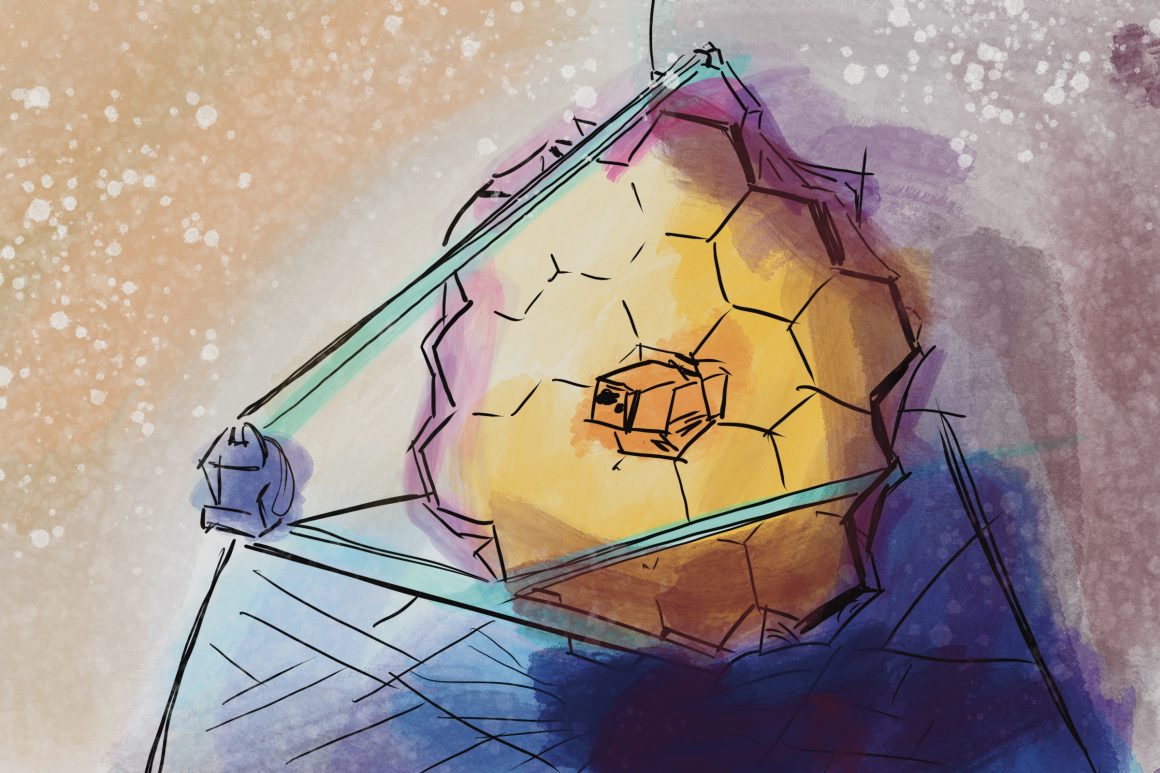
Webb checks out a planet and it’s a big deal
By Ramiro Bustamante Torres, September 21 2022—
It has not been more than two months since the official first images of the Webb telescope have been released, but it has been sending invaluable data during that time. From August’s reveal of an in-depth analysis of our very own gas giant Jupiter’s aurora to another gas giant in another system far away.
Orbiting around the star denominated HIP 65426, an exoplanet — a planet found outside our Solar System — called HIP 65426 b is a gas giant planet orbiting at around 100 times the distance Earth orbits around the Sun. HIP 65426 b is also around 12 times larger than Jupiter. With that size and distance from its star, the Webb telescope was able to capture isolating images of the exoplanet.
The achievement of the Webb telescope can be hard to determine since the image received can look grainy compared to the first few shots NASA released back in July. First, we need to see the science behind it. The planet was chosen because of how far it was from its star. The distance between star and exoplanet allowed the Webb telescope to capture a range of infrared light that would not be overtaken by its star. The Webb telescope captures between near-infrared to mid-infrared light using two cameras per range, and as well has a coronagraph instrument which blocks out starlight. The star is less bright than the exoplanet in the mid-infrared range which is within Webb’s capabilities.
With the distance of the exoplanet to its star and the specialized equipment of the telescope, astronomers are able to directly photograph the exoplanet. Previously, HIP 65426 b was found by SPHERE (Spectro-Polarimetric High-contrast Exoplanet Research) instrument at the Very Large Telescope found in Chile. The SPHERE instrument’s purpose is to research exoplanets, but the Earth’s atmosphere emits infrared light which is a limiting factor when trying to capture more details of exoplanets like HIP 65426 b. SPHERE had captured on the near-infrared range of light, which previously stated the star was much brighter than the exoplanet to isolate it properly and with the Earth’s own infrared interference, the Webb telescope had an advantage to provide a more detailed image.
While this is not the first captured exoplanet — the honour earned by the Hubble telescope — it is a new step toward studying exoplanets. There is already another telescope scheduled to be launched within the decade, the Nancy Grace Roman Space Telescope which will be equipped with a more sophisticated Coronagraph instrument than the Webb telescope and a Wide Field instrument that rivals that of the Hubble telescope.
To find out more about the next missions of the Webb telescope, go to the telescopes schedule website here.
